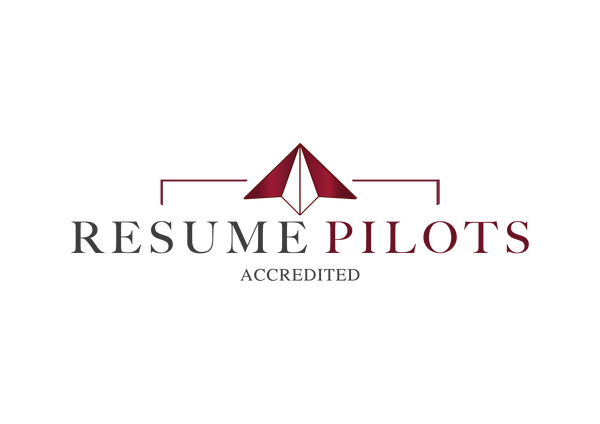
What are the three main types of resume formats?
We explain the difference between chronological, functional, and combination resumes
Before you start writing your resume, you need to decide how to structure it.
By strategically thinking about which format you use, you’ll present your background to recruiters in the most effective way possible, helping you land more interviews.
There are three main types of resume formats you can use:
- Chronological
- Functional
- Combination
In this article, we discuss the strengths and weaknesses of each approach.
Chronological
A chronological resume outlines your work experience in reverse-chronological order.
This format starts with a summary of your career highlights and key skills followed by a comprehensive outline of your work experience, starting with your most recent role.
We strongly recommend the reverse-chronological resume format for most applicants.
It is not only the most popular format but also provides key information recruiters expect to see in a logical sequence, making it the most effective.
Strengths
- Viewed as the industry standard
- Recruiters are familiar with it
- Compatible with applicant tracking systems
- Allows you to provide examples in the context of your work experiences
- Provides a clear structure with little overlap
Weaknesses
- Difficult to create for applicants with little or no work experience
To see an effective example of a chronological resume, take a look at this article.
Functional
A functional resume format provides a summary of your key areas of expertise.
Instead of listing each position you held by company, you highlight core skills that make you a strong for for the job.
Underneath each skill, you provide examples of how you have demonstrated that skill in the past.
Strengths
- Can work well for current students with no work experience
- Can help downplay perceived weaknesses, such as career gaps
- Can work for career switchers by highlighting skills that they did not demonstrate in their day-to-day roles
Weaknesses
- Generally not looked upon favorably by recruiters
- Does not flow into applicant tracking systems as easily
- Leaves readers looking for basic information, which can cause them to overlook the resume entirely
- Can seem disjointed, as examples of how the applicant demonstrated a particular skill are provided out of context
Combination
Combination resumes start out with a functional overview of key skills followed by a reverse-chronological outline of work experience.
While this format is a notable improvement over the functional resume format, it still lacks the clarity and concise nature of the chronological approach.
Strengths
- Allows for emphasis on skills while still providing outline of work history
Weaknesses
- Buries key information that recruiters want to see first
- Content can overlap, as examples are not provided within the work experience section
Additional Resume Formats
In addition to the most common ways to structure your resume, we wanted to briefly touch on the graphic and creative resume formats.
While these formats often incorporate one of the structures we discussed above, we discourage our clients from using them.
Graphic
Graphic resumes incorporate elements such as photos, logos, symbols, colors, and multiple columns.
This approach can make your resume stand out - but potentially in a negative manner.
Instead of trying to draw attention to your document using fancy formatting, we recommend keeping it simple and letting your experience speak for itself.
Creative
Creative resumes take both structure and formatting to an extreme. We advise using them with caution.
Examples of creative resumes we have come across include:
- A “Game of Life” board game layout that walks the reader through the applicant’s life
- A magazine cover layout with a large portrait of the applicant and various headlines
- A brochure
While these formats may be acceptable (and even encouraged) in select creative fields, they are simply inappropriate for the vast majority of professionals.
In Summary
When it comes to your career, we recommend playing it safe and sticking to a chronological resume format.
That said, it’s good to be aware of other options available to you – especially if you are dealing with a unique situation.
To find out more, visit our website www.resumepilots.com. If you have any further questions, you can either book a consultation call with one of our team, or get in touch via email on team@resumepilots.com

